In such a competitive e-commerce environment, it’s not enough to just place your products on a market such as Amazon and wait for sales. You must make sure that you’ve done all that you can to reach your potential customer. In order to do so, you first need to understand the needs and demands of your future customers. This is no easy task, but luckily there are a lot of Amazon keyword tools out there that can assist Amazon sellers in understanding who their buyers are.
By using Amazon keyword tools it will enable you to put into action a marketing strategy based on real demographic data, which will attract a large number of customers to your product. Spending weeks or months researching keywords and optimizing your Amazon entries will improve the visibility of your products and increase sales. Let’s have a look at some of the best Amazon keyword tools currently available on the market, which can help you gain insight into the latest trends on Amazon.
1. AmzSuite
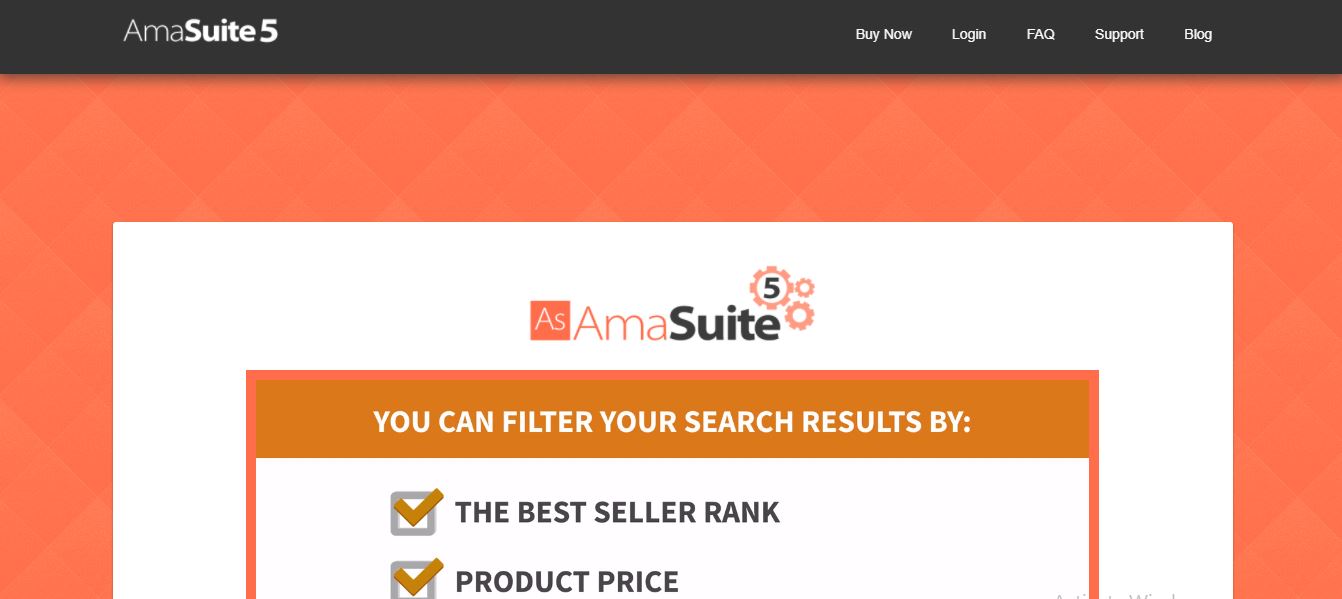
Ranking: 1/10
The software enables sellers to find the best selling products and see the data within Best Sellers, Hot New Releases, and Top Rated features. What’s more, over 67,200 categories for Amazon US and UK are built into the software, which means that keeping up with the latest trends on Amazon is easy with AmaSuite. This remarkable Amazon keyword tool can be purchased for just $197 and is probably best suited for large businesses and highly trained SEO professionals, who know how to exploit the full potential of such a powerful Amazon keyword tool.
2. Kparser

Ranking: 2/10
This keyword suggestion tool offers a professional level of service to all sellers who want to improve the performance of their products on Amazon. Kparser provides better service than its competitors to Amazon sellers for two main reasons. The first feature that differentiates Kparser from other Amazon keyword tools is the quality of gathered results because it utilizes advanced filters. The second feature is the speed of the process, which enables its users to sort and group the results with a few simple clicks. It does, however, lack the power of more advanced keyword tools such as AmaSuite or Helium 10.
3. MerchantWords

Ranking: 3/10
With more than 170 million keywords in the database, MerchantWords is one of the leading keyword tools currently available to entrepreneurs who want to increase the sales of their products on Amazon. Amazon sellers can generate keyword phrases specific to their products, based on the information provided by MerchantWords. This Amazon keyword tool is perfect for less experienced Amazon sellers because it doesn’t require you to be a seasoned SEO professional in order to use it, and yet sellers can gain access to valuable keywords that will help them improve sales on Amazon.
4. KeywordInspector
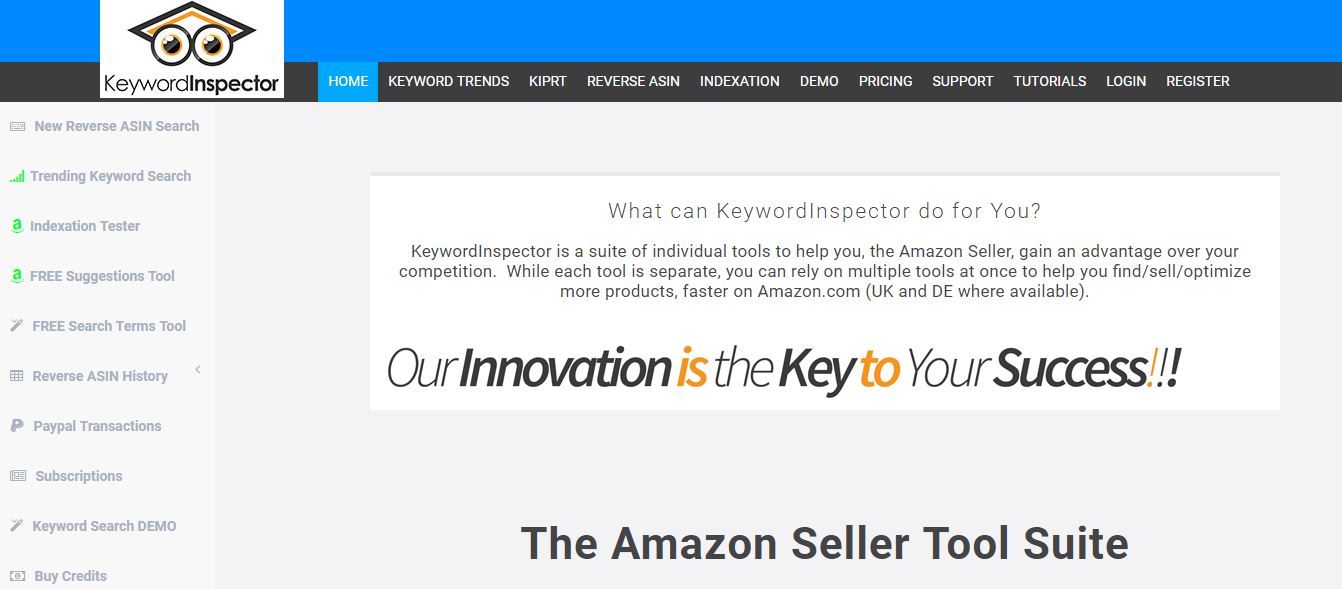
Ranking: 4/10
This online platform offers a number of possibilities to its members, including the Trending Keyword Search option. This feature enables members to check the top new keywords on a daily or weekly basis. Indexation Tester and Reverse ASIN features guarantee that your Amazon products will always be perfectly optimized to reach the highest amount of buyers. The services provided by KeywordInspector are not free, and in order to use them members must either buy credits for the tool they want to utilize or buy a monthly subscription for the tool they need.
5. Keyword Tool
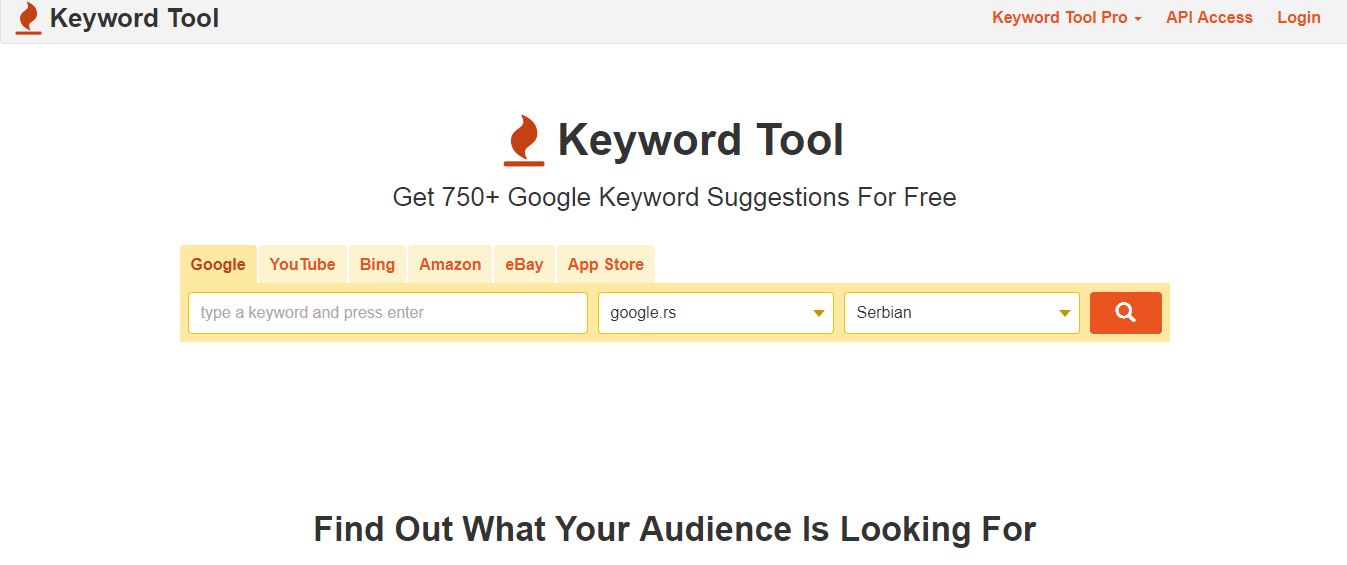
Ranking: 5/10
Visitors of this easy to use keyword search tool can effortlessly switch between Google, AppStore or Amazon tabs to quickly get the best keywords for their products. Amazon sellers who would like to have access to more advanced features will certainly benefit from the Keyword Tool Pro For Amazon option. The Autocomplete feature can help sellers to come up with as much as ten keyword suggestions in a single search, but features like monitoring the highest ranking keywords remain out of reach for users of this Amazon keyword tool.
6. Keyword Tool Dominator
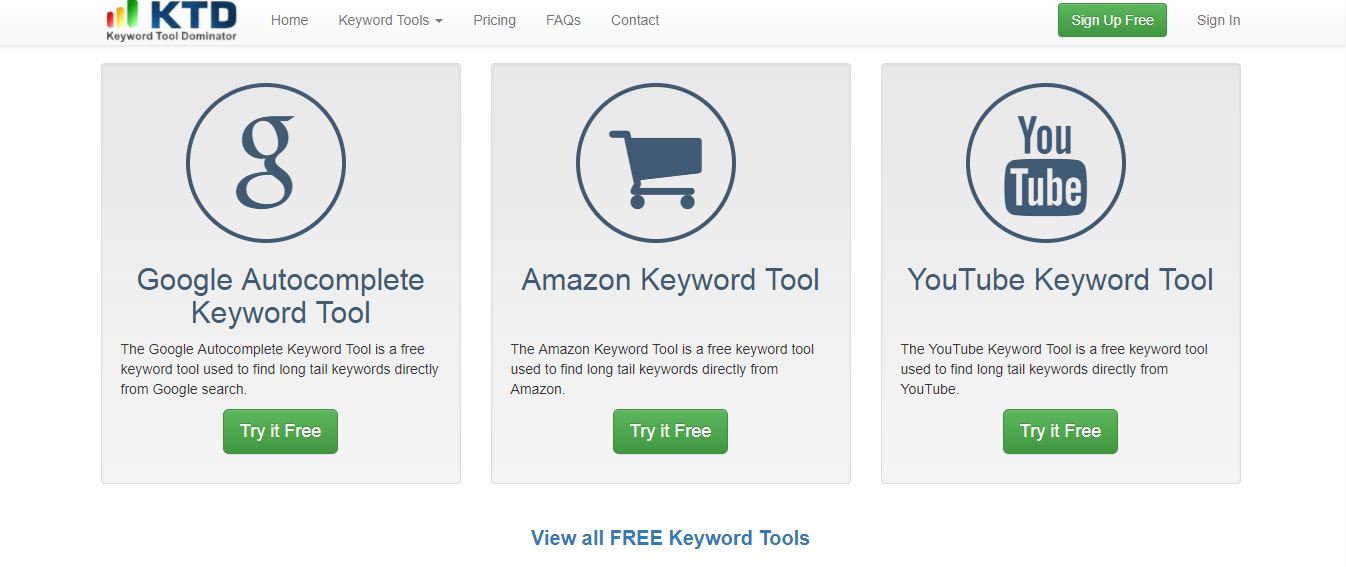
Ranking: 6/10
The fact that more than 15,000 owners actively use Keyword Tool Dominator shows just how powerful this keyword tool is. Users can choose between Google, Amazon or YouTube keyword tools among many others depending on their needs. The Autocomplete database offers keyword information made by real users, which makes this app a perfect choice for all sellers who rely on accurate information. Even though creating a Keyword Tool Dominator account is free, purchasing the Amazon Keyword Tool package costs $49.99 and the app lacks the power of some more advanced Amazon keyword tool software.
7. Google Keyword Planner
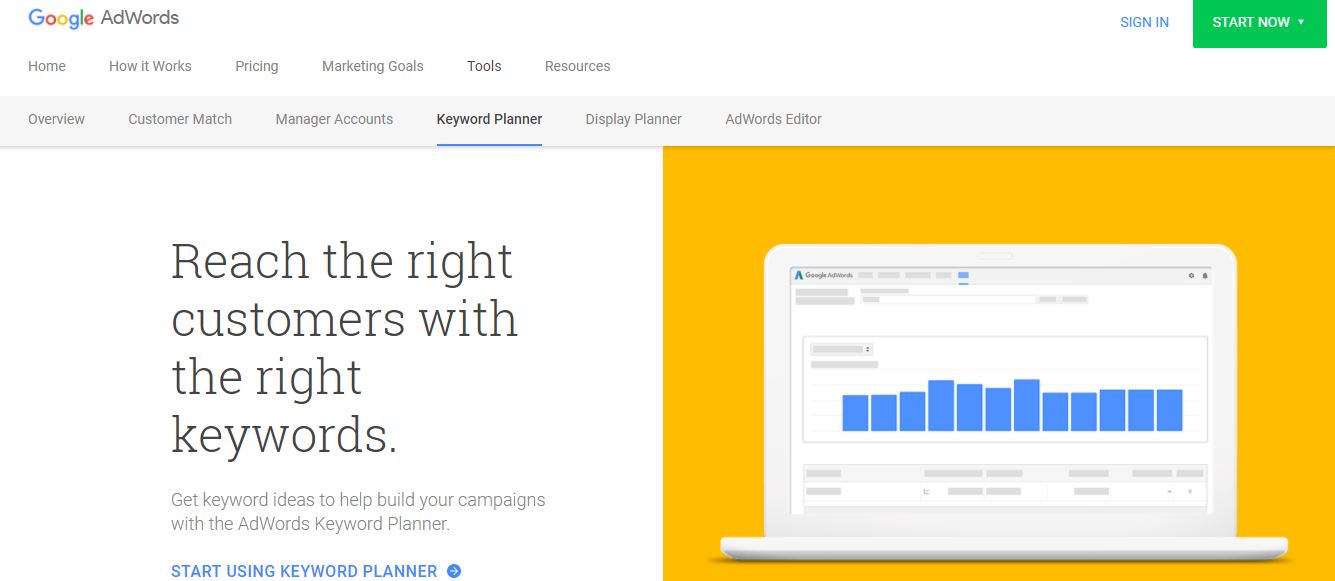
Ranking: 7/10
Google AdWords is a powerful advertising tool, which can provide you with the data necessary to boost sales of your Amazon products. The Google Keyword Planner is just one of the many free features offered by Google AdWords. Monitor and compare keywords trends with Google Keyword Planner to anticipate daily product tendencies, but also be prepared to have to learn new things constantly. Google Keyword Planner monitors keywords from Google search engine, however, and using it to search for the best keywords for the Amazon may not be effective.
8. Sonar

Ranking: 8/10
This Google Chrome Extension will provide you with keyword suggestions based on search queries made by real Amazon users. A simple search for the best keywords for Amazon products through Sonar will provide sellers with the keywords they need to include in their campaigns. Although a single search will provide the best keywords for Amazon products, sellers shouldn’t rely on Sonar to provide them with the tools necessary to analyze the data. The Google Chrome Extension is free and it is perhaps best suited for Amazon sellers who are learning the ropes of the trade.
9. Scientific Seller
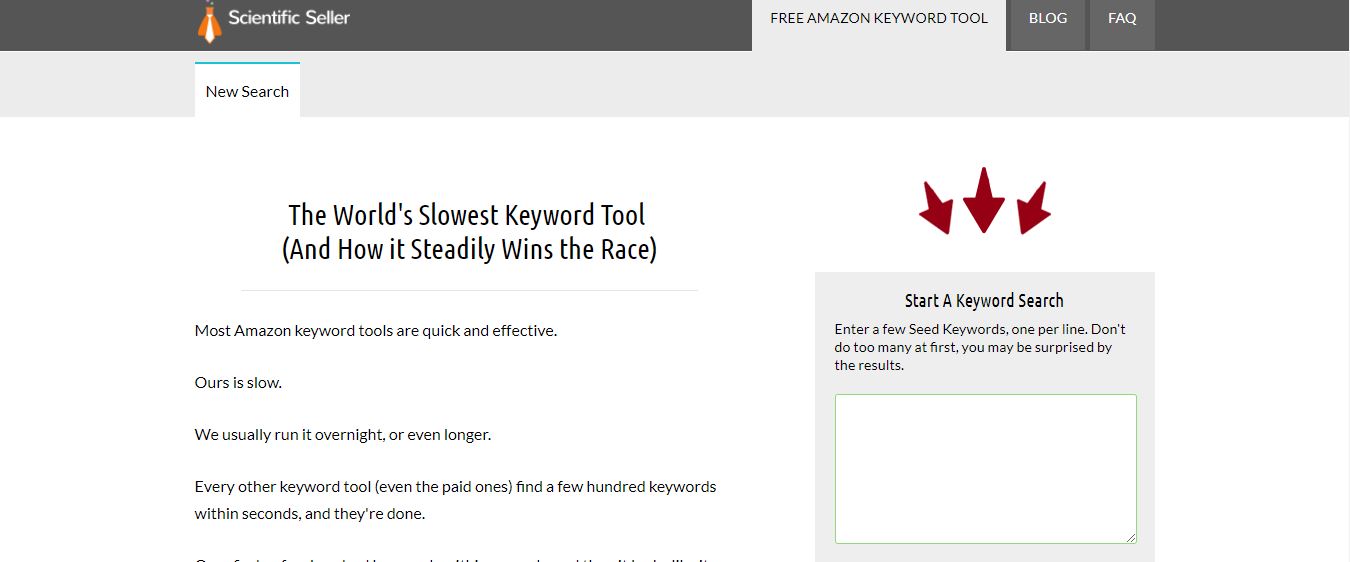
Ranking: 9/10
This free and easy to use online platform isn’t like other Amazon keyword tools because its focus isn’t on speed. Instead, Scientific Seller is more concerned with the relevance and quality of the data it provides. For this reason, keyword searches may take all night while Free Amazon Keyword Tool searches further and further from the seed word. Scientific Seller only provides keyword options for Amazon, but its users must be patient since they can’t rely on its ability to deliver the data fast.
10. SEO Chat
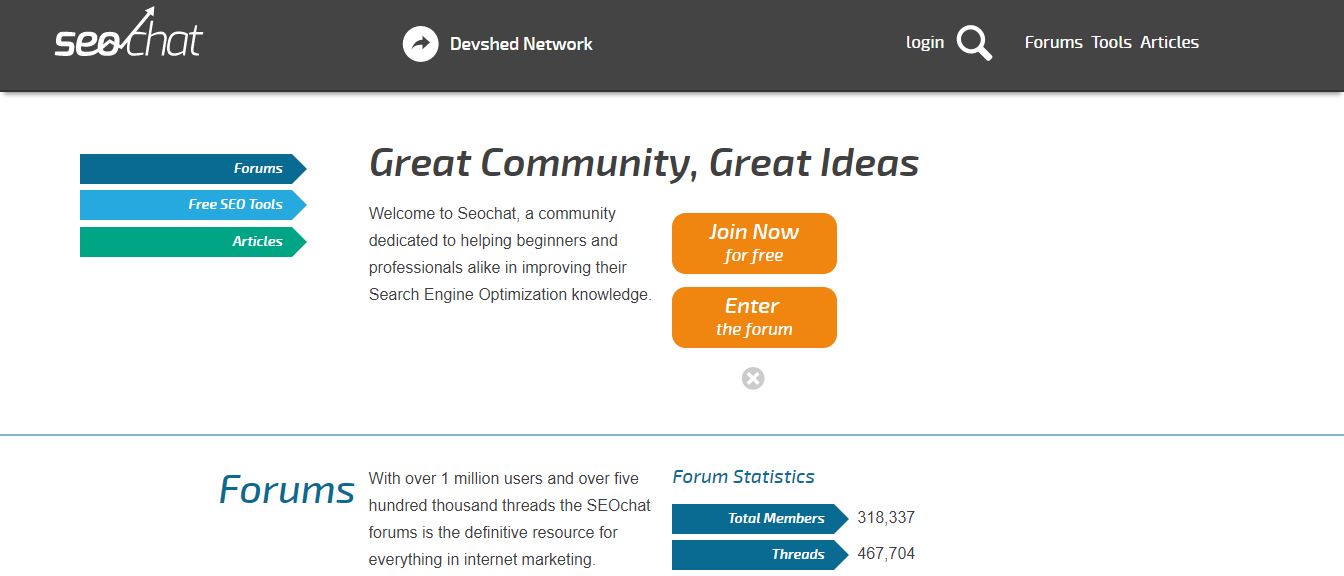
Ranking: 10/10
SEO Chat is a great place to learn. The Forum and Articles sections offer unlimited sources of information about SEO and all other related subjects. In the Free SEO Tools section, Amazon entrepreneurs can find a wide range of keyword tools that will help them improve the sales of their products on Amazon. SEO Chat provides data from Bing, Amazon, Google, and YouTube, but advertisers with more advanced demands woukd be better off with a more powerful Amazon keyword tool that offers more options.
Conclusion
E-Commerce is becoming an increasingly central part of the world’s economy and having a strategy that will make you successful is more important than ever. Each of the Amazon keyword tools we presented in this article can help you gather the information you need to create a business strategy that will boost the sales of your products. Every keyword tool has its specific features, however, that enable users to check different parameters. Choosing an Amazon keyword tool that best suits your needs is perhaps the best way to find the right tool for boosting your Amazon sales.

















